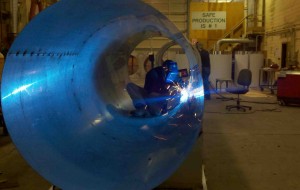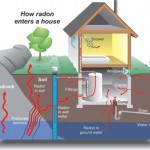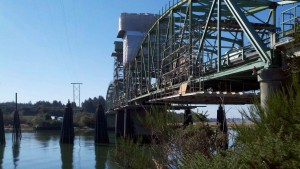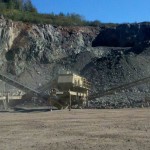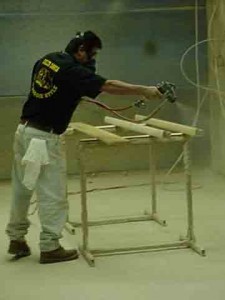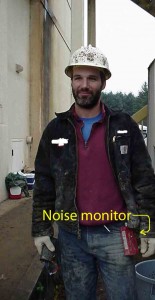Thu 28 Oct 2010
Stainless Steel Welding
Posted by admin under Hexavalent chromium, Stainless Steel, Welding
1 Comment
Stainless steel welding is a great way to generate hexavalent chromium (Cr6). There is chromium in all types of stainless steel. When heating up stainless steel, chromium goes from chromium 3 to it’s hexavalent state (chromium 6). Look to my other post for the health effect summary.
At this site, we measured just hexavalent chromium for the two welders and the two helpers on site. It is helpful to take wipe samples around the area to see if the material is migrating. If I am really worried about hygiene, I’ll take samples in the shop bathroom or in people’s truck (steering wheels, floor boards).
In general TIG welding does not generate a lot of hexavalent chromium. I’m sure there’s a good reason for this, but I have not heard exactly why. Probably the lower heat, not as much metal used, etc. However, as in all welding, it depends. One welder was working inside a three foot diameter duct, which is entirely different than welding in an open shop.
